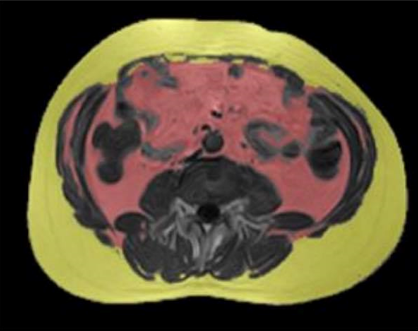Fat Loss 106: Measuring Body Composition
In a world obsessed with weight, it’s important to realize that the scale doesn’t tell the whole story. Your health status is far more complex than the amount of gravitational pull your body has on Earth, so how else can we quantify body composition in a meaningful way?
In regards to body composition analysis, the gold standard is cadaver analysis, i.e. examining your body after death. However, we are in need of useful measures of body composition now, in order to guide us in determining health status and estimating the risk of death.
Body Mass Index (BMI)
The standard measure of weight status has long been BMI due to its ease and simplicity, requiring only the input of height and weight. At best, it is a surrogate measure for body composition. In general, it correlates with body fat, but cannot distinguish between fat and lean body mass due to the scale measuring only weight, not specifically fat.
There can be particularly significant variation of fat content among children with the same BMI. This variation can pose challenges in management of children with low lean body mass, for example, potentially resulting in inappropriate overfeeding based on the BMI.
Waist circumference
Waist circumference is a useful as an indicator of central body fat, which is a predictor of visceral fat. It is measured at a point halfway between the lowest rib and the top of hip bone, roughly at the level of the umbilicus (aka belly button). Compared to the standard height and weight measurements, it is more difficult to get waist circumference measurements, due to practical considerations as well as cultural barriers.
Sagittal Abdominal Diameter (SAD)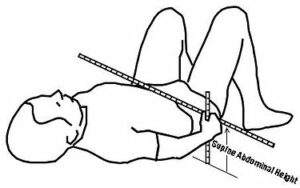
Sagittal Abdominal Diameter is another way to estimate visceral fat and can be performed with a simple caliper or with radiologic imaging, such as with an MRI. Higher SAD measurements are associated with increased Insulin Resistance and cardiovascular disease, independent of the BMI.
Waist-to-Hip Ratio (WHipR)
WHipR is the largest circumference measured around the hip[s]. Waist-Hip Ratio is independently associated with morbidity (presence of disease). However, there are inconsistent findings in regards to correlating abdominal fat with the WHipR.
Waist-to-Height Ratio (WHtR)
A healthy Waist-to-Height Ratio appears to be 0.5 or less, which appears to be protective against metabolic disease. It is more predictive of “years of life lost” than the BMI. Years of Life Lost increases significantly above a ratio of 0.6.
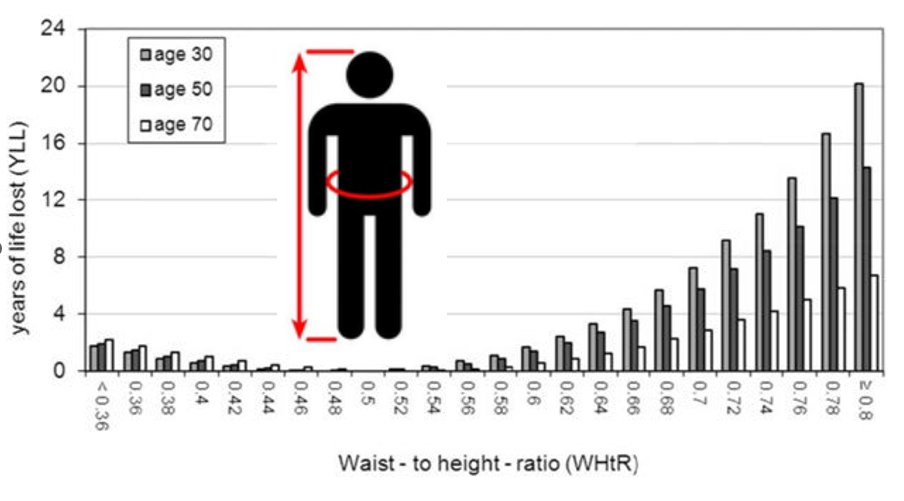
Skinfold Thickness
Skinfold thickness is a predictive measure of total body fat. Body calipers are used to measure the thickness of a “pinched” section of skin and fat, generally of the chest, abdomen, and thigh. These raw numbers are then entered into an equation to predict total fat mass. In addition to not measuring visceral fat (which is not “pinchable”), these equations may not be valid for use in populations other than those from which they were derived. 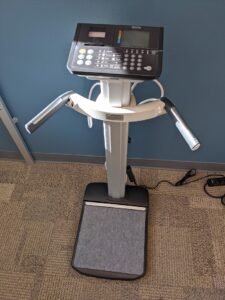
Bioelectrical Impedance Analysis (BIA)
A BIA scale measures the resistance of the body to a small electrical current, with contact made via the hands and/or feet. Conventional BIA relies on measurement of the fat-free mass (FFM), and thus there can be significant variation in the bodyfat calculation. This technology can be useful for monitoring changes over time to body composition, but tend not to be accurate at quantifying body composition with a spot measurement.
Dual Energy X-ray Absorptiometry (DEXA)
DEXA is a technology that was developed to measure bone mass, calculated from the absorption of x-rays. This calculation requires accounting for overlying soft tissue including fat and fat-free mass, thus these values are available for quantifying body composition. This technology uses low doses of radiation and is more expensive than a BIA measurement. Accuracy varies based on age and degree of bodyfat. Furthermore, estimates of bodyfat in the trunk are less accurate than in the limbs.
Densitometry
Subjects are immersed in water, most commonly, to measure total body density. This technology can distinguish between fat mass and fat-free mass based on their specific densities – lean body mass is denser than fat mass. While fat is a consistent density, the density of fat-free mass varies between children and adults, as well as between individuals.
Plethysmography
Plethysmography measures the amount of air displaced by the subject in an enclosed chamber. Compared to densitometry, it is more precise for measurement of body composition in children. However, certain disease processes may change the density of lean body mass and lead to overestimation of bodyfat.
Isotope Dilution (Hydrometry)
Total Body Water (TBW) can be estimated by dilution of a radioactive isotope, Deuterium, as measured via body fluid – saliva, urine, or blood. This measurement gives an estimate of fat-free mass. 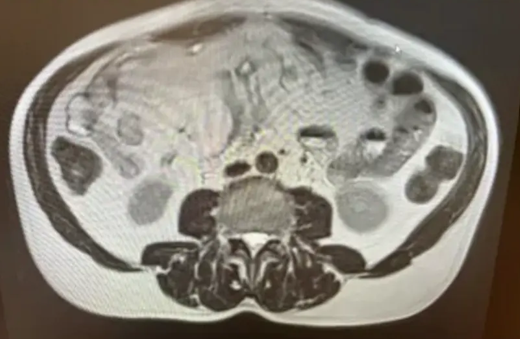
Magnetic Resonance Imaging (MRI)
This imaging technique estimates the volume of fat rather than the fat mass, producing images based on absorption of radio-frequency energy. It requires an assumption about the density of fat, which can be variable. In addition, it is expensive and time-consuming.
Other techniques
There are other advanced techniques to measure body composition that are not widely available and are rarely used, including total body electrical conductivity (TOBEC) and whole body potassium scanning (TBK).
Limitations
All of these methods rely on certain assumptions and thus have inherent limitations in the accuracy of their measurements. In addition, while some techniques can be performed readily at home, the techniques that are more accurate in estimation of body composition are more expensive and less available.
Getting an accurate measure of body composition
The most accurate approach to measuring body composition requires looking at multiple components simultaneously. This approach requires different pieces of equipment, however, and thus is performed primarily in research settings.
For example, a 3-component model divides body weight into fat, water, and dry fat-free tissue. This measurement requires body weight, body water by hydrometry, and body volume by densitometry.
A 4-component model further divides the dry fat-free tissue into protein and mineral. In addition to the abovementioned techniques, it requires the addition of DEXA to measure mineral content.
Practical applications
A combination of simpler techniques can be quite informative and more helpful for quantifying bodyfat or fat-free mass. For example, I routinely measure the Waist-to-Height Ratio, Sagittal Abdominal Diameter, and Bioimpedance Analysis (BIA). I, of course, also have the BMI measurements, but consider that to be inferior and hardly worth mentioning due to its many limitations.
From a practical standpoint, the use of simple measurement techniques can provide meaningful information when followed longitudinally and is adequate for the majority of situations.
While these body composition measurements can offer some objective data, sometimes the most meaningful measure of progress is in the form of non-scale victories – clothes fitting better, belt needing a new hole, improved functioning/performance, or other people noticing improvements. While not useful in a research setting, these subjective measures will always out-perform the objective measures and bring much more personal satisfaction.

